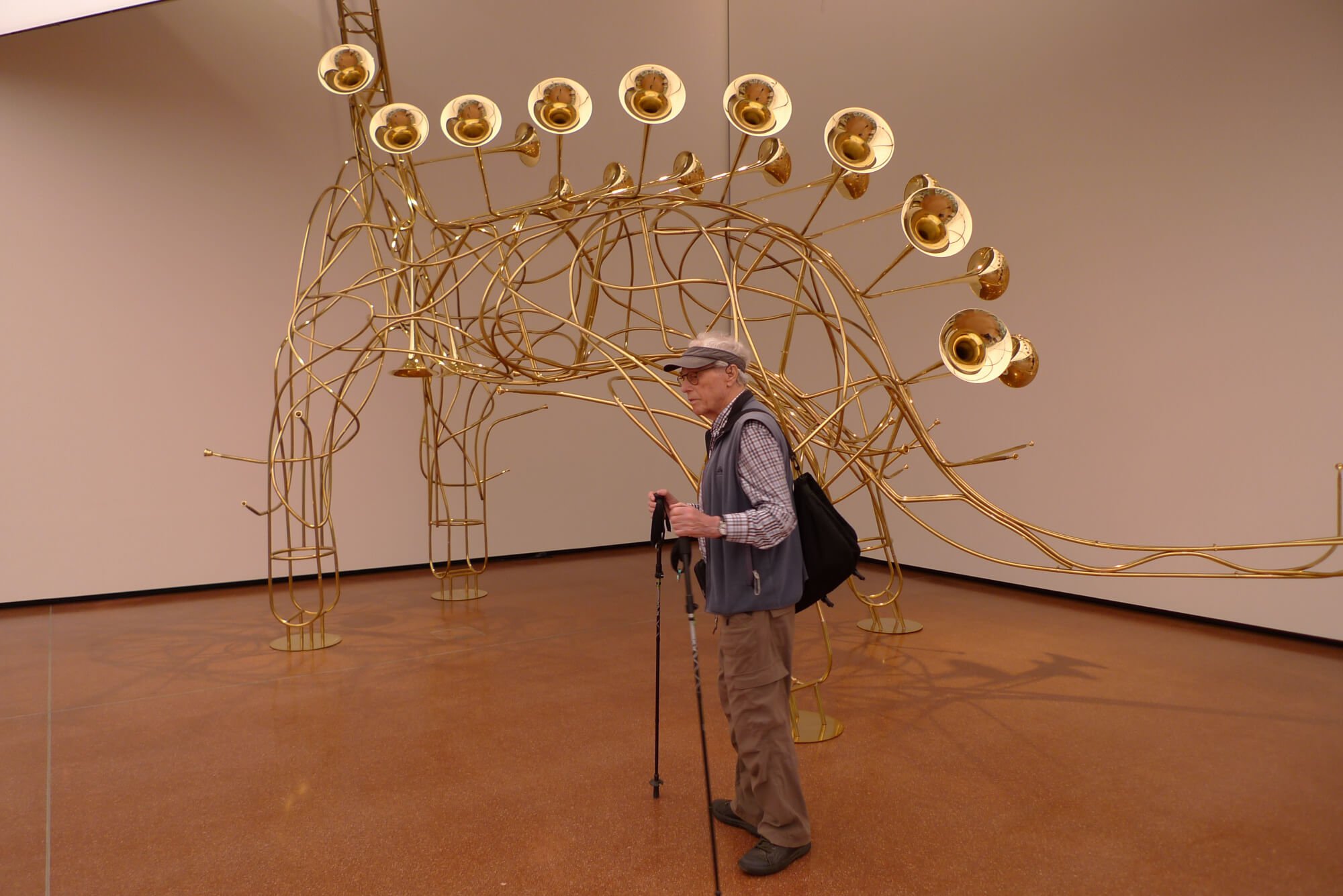Cornelis Johannes (Kees) Nederveen passed on March 20 th .
Born in 1932, Kees started piano lessons at the age of 6. After a study of Applied Physics at the Delft University of Technology (1956), he worked all his professional career at the Netherlands Organisation for Applied Research (TNO in Delft). He did work on various topics for industry, among others problems of instabilities of solid-rocket propellants due to aging (for one year at Colombia University New York) and the production of paper. Kees combined fundamental approach with pragmatism. He was particularly proud of his work on incontinence protections for adults. To test their quality he would simply wear them.
Kees was a very active and social musician. After piano he started playing woodwinds: clarinet, saxophone and oboe. This was to have more opportunities of playing music in various groups. Jazz had his preference. At scientific symposia, he was certainly not the last to get his clarinet or saxophone ready for a Jam session. His last concert was in a wheel chair in October 2022.
Mountain hiking was another hobby, which he shared with many friends, his son Karel and the last 15 years with his wife Joke Zonneveld. Frustrated by clothes, he would constantly modify them to make them more suitable for hiking. He played tennis twice a week until last year.
Frustrated by the shortcomings of his clarinet, he decided to design a better one. The failure of that project was the driving force to go deeper into fundamental aspects of the problem. While working full time at TNO, in 1969, he defended his PhD, entitled ‘’Acoustical aspects of woodwind instruments”, under the supervision of Professor C.W. Kosten, well known for his work on absorbing materials. The thesis was initially published by publishing company Fritz Knuf. We can say that it was the first work devoted to a detailed calculation of the impedance of woodwind resonators, and a comparison with experiment. A non-negligible part was the precise measurements of the geometry of many instruments. The effect of tone holes, tube tapers or bends, wall boundary layers were modelled with many original approaches. A particularly interesting idea was the use of the conformal mapping, valid for a rectangular tube, extended to cylindrical tubes. All equations are given with explanations based upon physical significance. The sound production of woodwinds was studied with focus on the resonance or playing frequencies. At this time, the approaches were mainly linear. However, concerning equations of the excitation mechanisms, he wrote, “an exact solution of the set of equations is difficult because of the many nonlinear terms”.
Several papers were published from 1963 on, during the preparation of the PhD. However, during more than 60 years he remained interested in musical acoustics, and he was perfectly able to return to research and scientific publications. This resulted in several new papers and in an addendum to the thesis book, published by the Northern Illinois University Press (1998) (entitled Developments since 1969). This important addendum gave many interesting features, with profound interpretations. He cooperated with many researchers the universities of Delft, Eindhoven, Detmold, Antwerpen and especially Le Mans (Joël Gilbert et Jean-Pierre Dalmont). Up to his death he attended several conferences (the last one was the Vienna talk in 2022). While fully paralyzed he continued until the day of his death to work with Timo Grothe on a last publication, which he submitted the day he passed.
Very recently he formulated a few sentences as a farewell message; “Tot mijn grote plezier heb ik met veel onderzoekers kunnen werken aan een beter ontwerp voor blaasinstrumenten door gebruik te maken van kwantitatieve methoden. Ik hoop dat dit onderzoek wordt voortgezet door een nieuwe generatie akoestici en musici. Het is jammer dat ik zelf die tijd niet meer heb om een stabielere hobo met betere op elkaar passende resonatiemodes te ontwerpen. Dit lijkt mij een prachtige uitdaging, hoewel je nooit zeker weet of een stabieler instrument ook muzikaal beter zal zijn. »
hereafter they are translated to English.
“I enjoyed working with many researchers while attempting to use quantitative methods for the design of better wind instruments. I do hope that this research will be continued by the new generation of acousticians and musicians. I regret not having had the time to design a more stable oboe. This seems to me a nice challenge, but it remains to verify that a more stable instrument will actually be musically better."
With Joke he designed the card announcing his death which he signed:
Kees, dr.ir.Cornelis Johannes Nederveen. Scientist, musician and hiker. On that card he added a “motto”: “Verbinden door vrijlaten” (Liberate to unite).
Jean Kergomard
Jean-Pierre Dalmont
Joke Zonneveld
Mico Hirschberg
Murray Campbell

